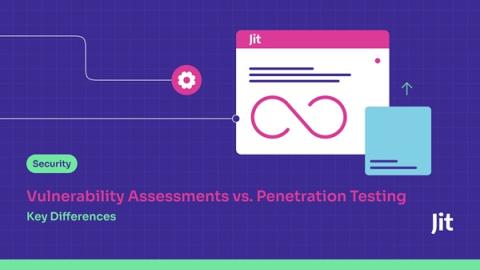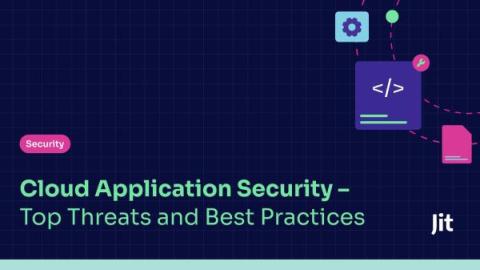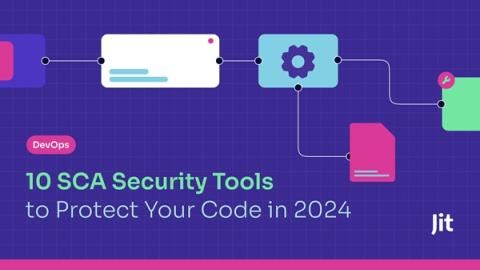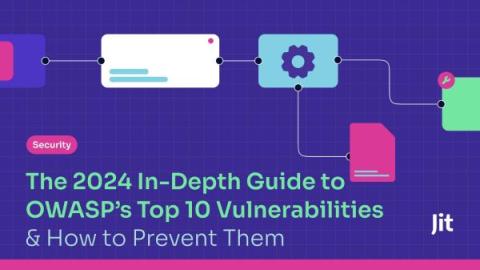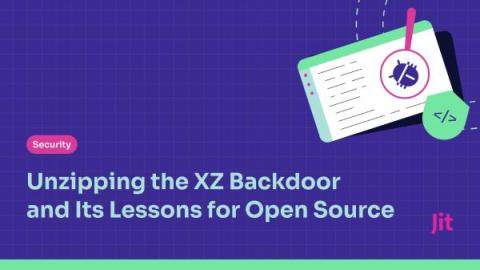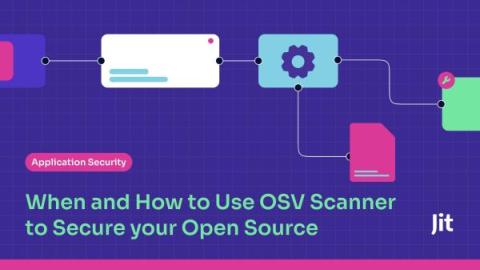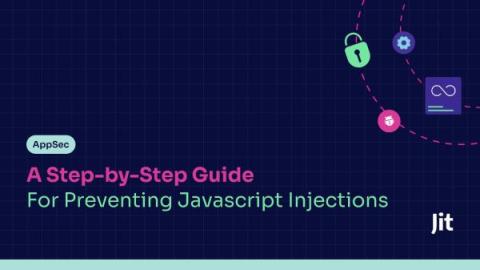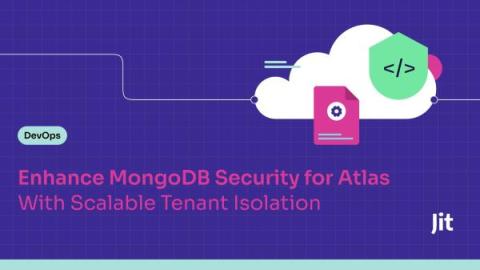When and How to Use Trivy to Scan Containers for Vulnerabilities
Containers are integral to modern application development portability, resource efficiency, and ease of deployment. But there is a flip side to these benefits. Unlike traditional applications, containers bundle everything needed to run, making them a scattered setup for hidden security issues. 54% of container images in Docker Hub were found to contain sensitive information that could lead to unauthorized access, data breaches, or identity theft.





